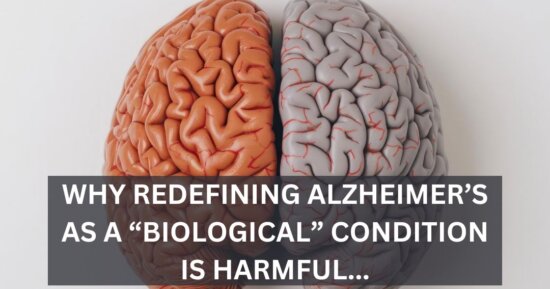Science
Myriam Preuß, Mark Nieuwenhuijsen, Sandra Marquez, Marta Cirach, Payam Dadvand, Margarita Triguero-Mas, Christopher Gidlow, Regina Grazuleviciene, Hanneke Kruize, and Wilma Zijlema
Exposure to natural outdoor environments (NOE) is associated with health benefits; however, evidence on the impact of NOE exposure during childhood on mental health (MH) and vitality in adulthood is scarce. This study was based on questionnaire data collected from 3585 participants, aged 18–75, in the PHENOTYPE project (2013) in four European cities. Mixed models were used to investigate associations between childhood NOE exposure and (i) MH; (ii) vitality (perceived level of energy and fatigue); and (iii) potential mediation by perceived amount, use, satisfaction, importance of NOE, and residential surrounding greenness, using pooled and city-level data. Adults with low levels of childhood NOE exposure had, when compared to adults with high levels of childhood NOE exposure, significantly worse mental health (coef. −4.13; 95% CI −5.52, −2.74). Childhood NOE exposure was not associated with vitality. Low levels of childhood NOE exposure were associated with lower importance of NOE (OR 0.81; 95% CI 0.66, 0.98) in adulthood. The association with perceived amount of NOE differed between cities. We found no evidence for mediation. Childhood NOE exposure might be associated with mental well-being in adulthood. Further studies are needed to confirm these findings and to identify mechanisms underlying long-term benefits of childhood NOE exposure.












